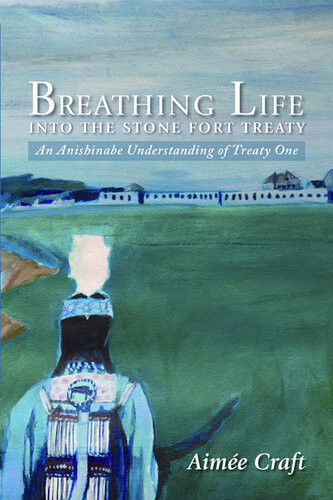

Most ebook files are in PDF format, so you can easily read them using various software such as Foxit Reader or directly on the Google Chrome browser.
Some ebook files are released by publishers in other formats such as .awz, .mobi, .epub, .fb2, etc. You may need to install specific software to read these formats on mobile/PC, such as Calibre.
Please read the tutorial at this link: https://ebookbell.com/faq
We offer FREE conversion to the popular formats you request; however, this may take some time. Therefore, right after payment, please email us, and we will try to provide the service as quickly as possible.
For some exceptional file formats or broken links (if any), please refrain from opening any disputes. Instead, email us first, and we will try to assist within a maximum of 6 hours.
EbookBell Team

5.0
20 reviewsIn order to interpret and implement a treaty between the Crown and Canada's First Nations, we must look to its spirit and intent, and consider what was contemplated by the parties at the time the treaty was negotiated, argues author Aimée Craft. Using a detailed analysis of Treaty One – covering what is today southern Manitoba – she illustrates how Anishinabe laws (inaakonigewin) defined Treaty One negotiations and opened the door to a "gathering of spirit." Those laws included the obligations and responsibilities that derive from the relationship to the land, the need to wait for all participants before negotiations began in order to respect their jurisdiction and decision making authority, and the rooting of the treaty relationship in kinship, including references to the Queen as a mother. These legal concepts and many more are examined in this book with the author illustrating how the terms of Treaty One were defined by such principles. Anishinabe laws (inaakonigewin) defined the settler-Anishinabe relationship well before the Treaty One negotiations in 1871 – for example the Selkirk Treaty of 1817 which in part laid the groundwork for Treaty One. While the focus of this book is on Treaty One, the principles of interpretation apply equally to all treaties with First Nations.